Our Experience
- We provide estimates without any hassle.
- We have 30+ years of experience.
Lumber Cost Estimator in Daytona Beach serves as an invaluable tool for individuals and businesses engaged in a wide array of construction projects, spanning both commercial and residential domains. In the dynamic realm of commercial construction, where time is money and precision is paramount, accurate lumber cost estimation can mean the difference between a successful venture and costly delays. From expansive corporate headquarters to bustling retail complexes, understanding the nuances of lumber costs empowers project managers to allocate resources judiciously and deliver on ambitious architectural visions.
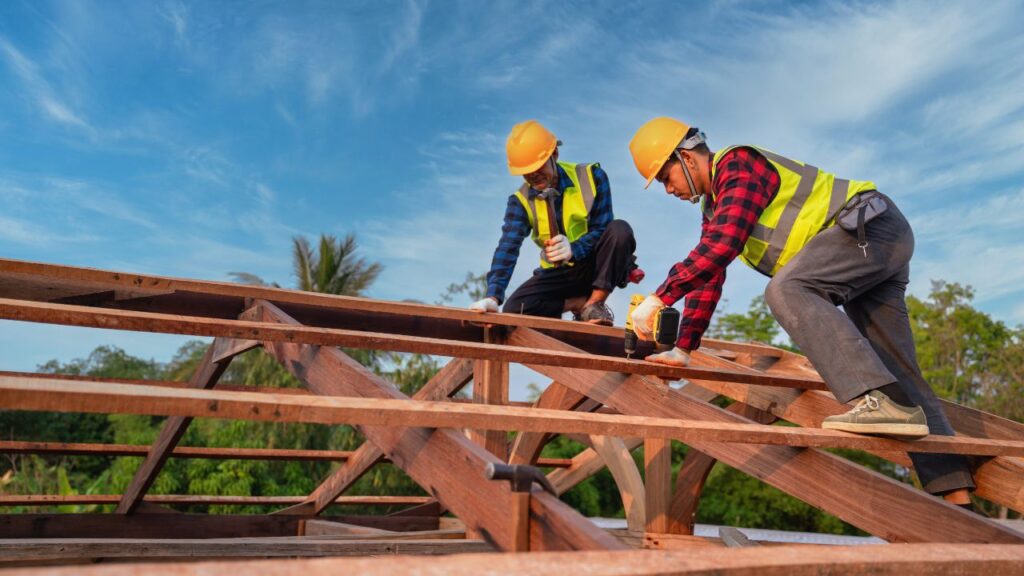
Meanwhile, on the residential front, whether you’re revitalizing a historic home or crafting a contemporary oasis, having a firm grasp of lumber costs ensures that your living space embodies your aspirations while staying within budgetary constraints. With Daytona Beach’s vibrant landscape embracing a blend of urban development and suburban tranquility, this guide equips you with the knowledge to discern between different lumber grades, calculate quantities with precision, anticipate market fluctuations, and factor in often-overlooked expenses like finishes and labor. By embracing this guide’s insights, you’re not only embarking on a construction project but embarking on a journey of turning architectural dreams into tangible realities, all while keeping a watchful eye on the bottom line.
When it comes to estimating lumber costs, understanding the diverse range of lumber grades and types is essential. Different grades signify varying levels of quality and structural integrity, which directly correlates with pricing. Opting for a higher grade, such as Select or Clear, will generally incur a higher cost due to the wood’s superior appearance and fewer defects. On the other hand, Common or Construction grade lumber may have more knots and imperfections, making it more affordable but potentially less suitable for visible areas. Furthermore, the type of lumber, whether softwood like pine or hardwood like oak, also influences costs. Balancing your project’s aesthetic and functional requirements with the associated costs is a critical decision that can impact your budget.
Accurate measurement and precise calculations of the quantity of lumber required for your project play a pivotal role in cost estimation. Overestimating or underestimating the necessary lumber can result in financial setbacks, as excess materials lead to unnecessary expenses, while shortages can lead to delays and added costs. Whether you’re building a deck, framing walls, or crafting intricate woodworking pieces, taking meticulous measurements and factoring in potential wastage ensures that you procure just the right amount of lumber, optimizing your budget and minimizing material losses.
Lumber prices are intrinsically tied to the ebb and flow of market demand and supply. When demand outweighs supply, prices tend to surge, and conversely, during periods of surplus supply, prices can experience a decline. External factors such as economic conditions, geopolitical events, and even natural disasters can contribute to these fluctuations. Staying attuned to market trends and forecasts empowers you to make informed decisions, helping you navigate price volatility and potentially capitalize on favorable market conditions.
Seasonal shifts exert a noteworthy influence on lumber costs. As construction activity fluctuates throughout the year, lumber prices can follow suit. The warmer months, often referred to as the “building season,” witness heightened construction demand, which can drive up lumber prices due to increased competition among builders and contractors. Conversely, during the colder months, construction activities tend to decrease, leading to potential price decreases as demand subsides. By strategically timing your lumber purchases and factoring in these seasonal variations, you can optimize your budget and secure lumber at more favorable rates.
Transporting lumber from suppliers to your construction site is a practical consideration that impacts overall costs. The distance between the supplier and your project location, as well as the mode of transportation used, contribute to transportation expenses. Opting for local suppliers can mitigate transportation costs, as shorter distances translate to reduced fuel expenses and lower shipping fees. Establishing a partnership with nearby lumber yards not only supports the local economy but can also yield financial benefits by minimizing transportation-related expenditures.
Accurate lumber cost estimation serves as the cornerstone for achieving your project’s objectives. From erecting contemporary skyscrapers that redefine the skyline to designing retail spaces that beckon bustling crowds, aligning your budget with your vision is imperative. Professional lumber cost estimating services provide a compass that guides your project toward success by translating architectural blueprints into financial realities.
A well-structured budget not only keeps your financial aspirations in check but also empowers you to manage stakeholders’ expectations. Whether you’re collaborating with investors, shareholders, or financial institutions, the ability to present a thoroughly evaluated budget instills confidence and fosters transparent communication. Accurate cost estimation becomes a tool for forging strong partnerships and establishing a foundation of trust.
We help contractors find new customers with high-converting websites and locally targeted niche-specific lead-generation programs. You’ll never need to worry about running out of work again! We focus on quality over quantity with our leads for contractors.
Professional lumber cost estimating services bring a wealth of expertise to the table. With a deep understanding of the construction industry and its intricacies, these experts navigate through a labyrinth of variables to provide precise cost projections. Their insights extend beyond the realm of raw material costs, encompassing labor, finishes, fasteners, and unforeseen expenses.
In a digital age, technology acts as a catalyst for efficiency and accuracy. Lumber cost estimating services harness advanced software and tools that streamline the estimation process. These tools leverage historical data, market trends, and project-specific parameters to generate comprehensive cost breakdowns, empowering you with data-driven decision-making capabilities.
Every construction project is unique, and professional estimating services recognize this diversity. By tailoring their approach to the specific scope of your project, these experts deliver estimations that align precisely with your requirements. Whether you’re constructing a contemporary office space or a modern retail outlet, the estimation process adapts to your architectural and functional nuances.
The journey begins with a comprehensive assessment of your project’s blueprints, design specifications, and objectives. Lumber cost estimating services collaborate closely with your team to gain a holistic understanding of the project’s intricacies. This preliminary phase lays the groundwork for a detailed and accurate estimation process.
Lumber forms the backbone of your construction project, and its diverse grades, types, and dimensions require meticulous evaluation. Lumber cost estimating services scrutinize material choices to align with your project’s durability, aesthetics, and budget constraints. By selecting the optimal lumber options, these services contribute to the project’s long-term sustainability.
Beyond raw materials, labor costs and overheads constitute significant components of your construction budget. Lumber cost estimating services factor in these variables, providing a comprehensive financial outlook that encompasses the entire construction lifecycle. From skilled labor to administrative overheads, every facet is scrutinized to ensure an all-encompassing estimation.
In a rapidly evolving construction landscape, real-time data holds immense value. Lumber cost estimating services leverage up-to-date information to deliver accurate cost projections. This data-driven approach empowers you to make informed decisions promptly, capitalizing on market dynamics and optimizing resource allocation.
Beyond immediate cost projections, lumber cost estimating services analyze historical data and industry trends to identify cost drivers. By understanding the factors that influence cost fluctuations, you gain the ability to proactively respond to market shifts, enhancing your project’s financial agility.
A harmonious collaboration between architects, contractors, and lumber cost estimating services fosters a holistic approach to project realization. By integrating insights from multiple disciplines, you create a synergy that refines your project’s budget and aligns it with its creative and functional aspirations.
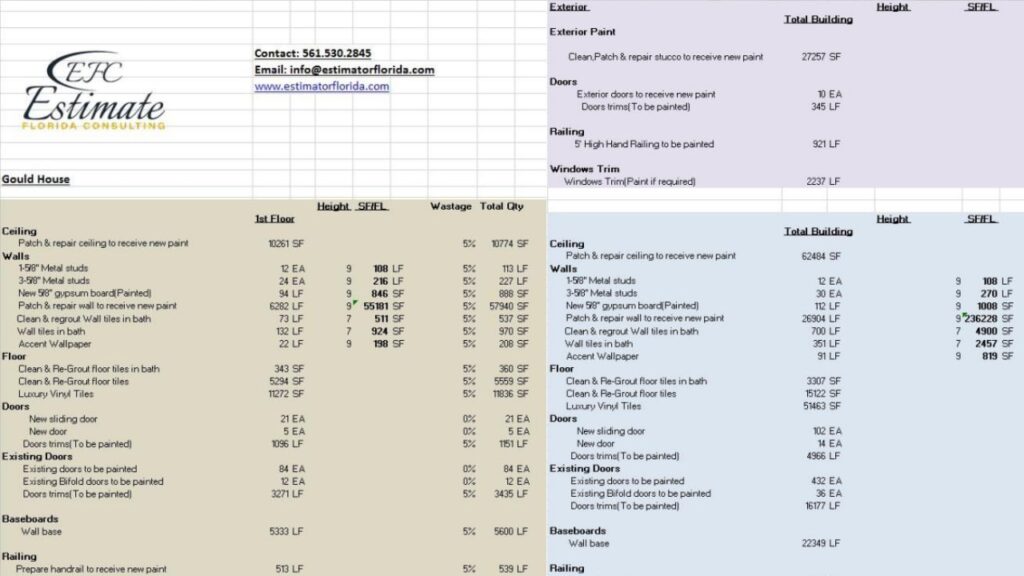
Lumber cost estimating services serve as a bridge between technical details and financial considerations. Through clear and concise communication, these experts facilitate a shared understanding among project stakeholders. Transparent discussions centered around cost estimations promote a unified vision and minimize misunderstandings.
The labyrinth of construction costs extends beyond the obvious. Overlooking hidden costs, such as permitting fees, regulatory compliance expenses, and unforeseen contingencies, can lead to budget overruns. Lumber cost estimating services meticulously account for these often-neglected aspects, ensuring that your budget encompasses the full scope of your project.
Insufficient quantities of lumber can disrupt construction timelines and lead to costly delays. Lumber cost estimating services meticulously calculate material requirements based on project dimensions, design intricacies, and industry best practices. By avoiding underestimation, you safeguard against interruptions and maintain a streamlined construction process.
When estimating lumber costs, it’s crucial to comprehend the distinction between linear feet and board feet. Linear feet represent a straight-line measurement of length, making it suitable for simpler calculations, such as determining the length of a single piece of lumber like a beam or a board. On the other hand, board feet account for both the thickness and width of a piece of lumber, providing a more comprehensive measurement that encapsulates the overall volume of wood. This is particularly significant when dealing with lumber of varying dimensions and thicknesses. Understanding the distinction between these two measurements allows you to accurately assess the amount of lumber needed for your project and subsequently make precise cost estimations.
Lumber pricing often revolves around a cost-per-unit measurement basis, typically calculated either per linear foot or per board foot. This standardized approach facilitates easy price comparison among different lumber suppliers and varying wood species. By aligning the unit measurement, you can effectively evaluate and contrast the costs offered by different sources, ensuring that you’re obtaining the best value for your investment. This method empowers you to identify cost-effective options without compromising on the quality and specifications required for your project. As you embark on estimating lumber expenses, a thorough grasp of cost-per-unit measurements proves invaluable in making prudent financial decisions.
As you embark on a construction project involving lumber, it’s crucial to recognize that the budgeting process extends beyond the raw lumber costs themselves. Hidden expenses can significantly impact the overall financial landscape of your project. These concealed outlays encompass a spectrum of elements, including fasteners, finishes, and labor, each playing an instrumental role in the construction process.
While lumber forms the structural foundation of your project, it’s the fasteners, nails, screws, and bolts that hold everything together. These seemingly small components are integral to the stability and durability of your construction. Choosing the right type, size, and quality of fasteners ensures that your project withstands the test of time. Additionally, the quantity of fasteners required can accrue costs that might not be immediately apparent. Accurate estimations of fastener quantities and their associated costs contribute to a more comprehensive budget.
Beyond the construction phase, finishes and treatments play a crucial role in protecting your lumber investment. Wood treatments, stains, paints, and sealants not only enhance the visual appeal of your project but also shield it from environmental factors such as moisture, UV rays, and pests. Incorporating these finishes into your budget safeguards the longevity and aesthetics of your construction. It’s important to consider the type of wood being used and the specific environmental conditions of your project location when selecting appropriate finishes.
The human element is an essential part of any construction endeavor. Skilled labor, whether it’s carpenters, contractors, or other professionals, is needed to bring your project to fruition. Labor costs encompass wages, benefits, and potentially overtime expenses. Accurate allocation of labor costs within your budget ensures that you have the resources to assemble a proficient team, maintain project timelines, and execute tasks efficiently.
Striving for cost savings without compromising quality is a fundamental goal in any construction project. Implementing savvy strategies can make a substantial difference in your budget while allowing you to achieve your vision. Here are some actionable tips to consider:
Embracing the sustainability movement, using salvaged or reclaimed lumber presents an eco-friendly and cost-effective avenue. Salvaged wood, sourced from deconstructed buildings, old furniture, or discarded structures, carries character and history that can infuse unique charm into your project. However, a discerning eye is essential to ensure salvaged lumber meets your project’s structural demands. Thoroughly inspect the wood for signs of rot, damage, or weakened integrity, and assess whether any required modifications align with your construction goals. While salvaged lumber offers potential cost savings, it requires a delicate balance between environmental consciousness and practical suitability.
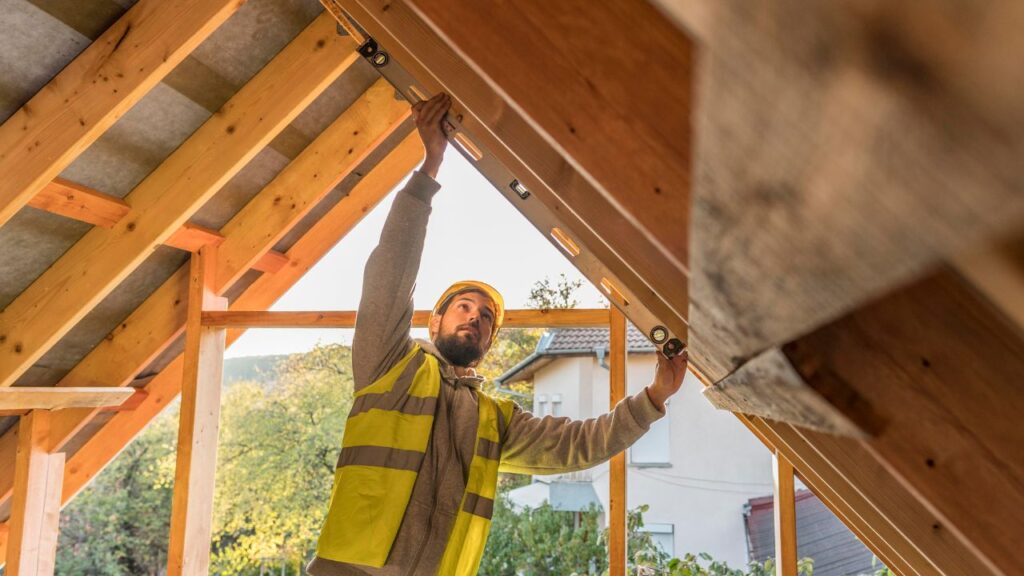
Leveraging the principle of economies of scale, buying lumber in bulk can significantly impact your bottom line. Collaborating with other builders or pooling resources with nearby projects can yield substantial savings on per-unit costs. The collective purchasing power not only enhances your cost-efficiency but also fosters a sense of community within the local construction industry. Furthermore, engaging in bulk purchases minimizes the potential for material shortages, ensuring a smoother construction timeline and reducing the risk of unexpected expenditures. However, prudent planning is paramount to prevent over-purchasing and excessive storage requirements.
Maximize your Lumber business’s potential with our competitive financing options

Exploring the offerings of local lumber yards is a strategic move that can lead to noteworthy cost savings. Local suppliers often prioritize personalized service and are attuned to the unique demands of the region. Establishing a rapport with a local lumber yard not only bolsters the local economy but can also translate into competitive pricing. Local suppliers may offer insights and recommendations tailored to the specific needs of your project, potentially identifying alternative cost-effective materials or providing advice on navigating regulatory requirements. The convenience of proximity can further streamline material acquisition, reducing transportation costs and potential delays.
To illustrate the practical application of lumber cost estimation, let’s delve into a detailed case study focused on estimating the lumber expenses for constructing a residential deck in Daytona Beach. This scenario offers valuable insights into the intricate process of cost calculation, allowing you to grasp the methodology and considerations involved in real-world projects.
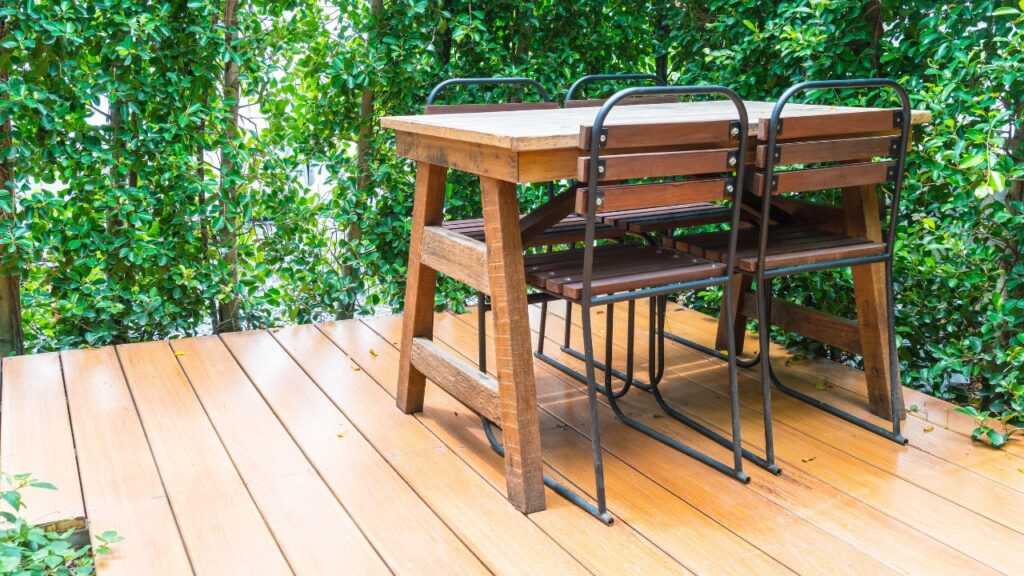
Our hypothetical project involves building a 300 square foot deck that seamlessly extends from the back of a charming coastal residence. The deck’s primary purpose is to provide an inviting outdoor space for relaxation and entertainment, capturing the serene ambiance of Daytona Beach.
Given the deck’s exposure to varying weather conditions and the proximity to saltwater, selecting the appropriate lumber grade and type is paramount. Pressure-treated lumber, renowned for its durability and resistance to moisture and insects, emerges as the optimal choice. Opting for a mid-grade pressure-treated wood ensures a balance between quality and budget considerations.
Accurate measurement of the deck’s dimensions, including length, width, and height considerations, forms the foundation of the quantity calculation. Factoring in the deck’s design, which incorporates intricate railing and stairs, further refines the estimation process. Leveraging the linear feet and board feet measurements, the quantity of lumber required for joists, beams, posts, and decking boards is meticulously determined.
The case study underlines the significance of factoring in hidden costs and contingencies. Beyond the lumber itself, expenses such as fasteners, finishes, and labor are meticulously incorporated. Contingency funds are set aside to accommodate unforeseen variables that may arise during construction, such as weather delays or unexpected design modifications. This comprehensive approach ensures that the budget not only covers the foreseeable expenses but also provides a safety net against potential fluctuations.
By assimilating the detailed calculations, supplier quotes, and accounting for hidden costs, a precise estimation of the lumber expenses for the residential deck project in Daytona Beach is attained. The final cost not only reflects the raw material outlay but encompasses the entirety of the project’s scope.
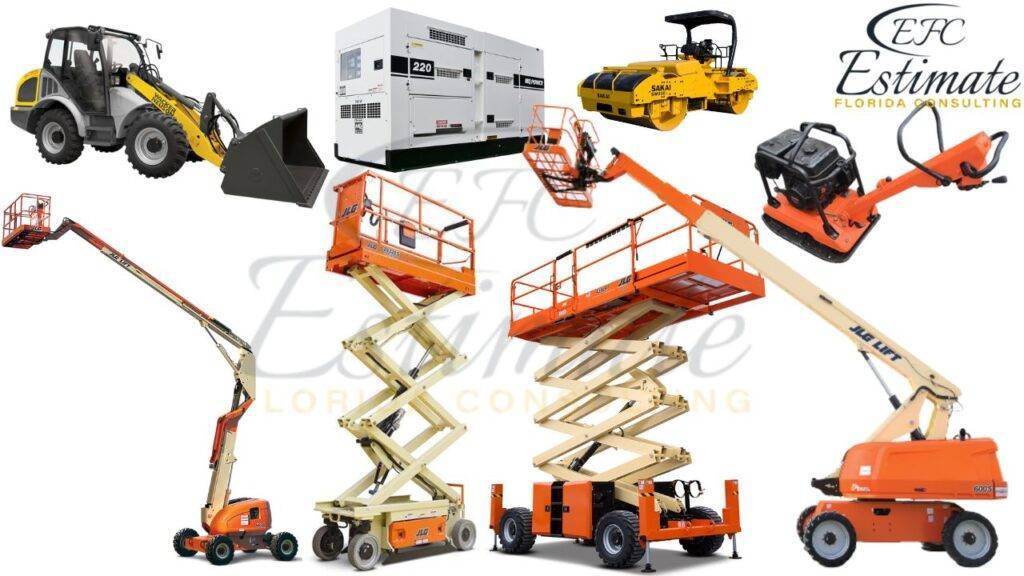
Looking for a reliable construction equipment rental company? Look no further. Rent from us today.
Anticipating the trajectory of lumber pricing is a strategic endeavor that offers valuable foresight for your construction projects. Keeping a watchful eye on potential future trends empowers you to make informed decisions, proactively adjust your budget, and navigate the dynamic landscape of cost fluctuations.
Monitoring economic indicators and market trends provides crucial insights into potential shifts in lumber pricing. Factors such as interest rates, housing starts, and consumer spending exert a notable influence on demand for lumber. For instance, a surge in housing construction may lead to heightened demand and subsequently impact lumber prices. By analyzing these indicators, you can gain a nuanced understanding of the broader economic context and its implications for lumber costs.
Lumber pricing is also intricately tied to global supply and demand dynamics. International trade relationships, changes in forestry practices, and geopolitical events can all impact the availability of lumber resources. A disruption in supply, whether due to natural disasters or trade restrictions, can lead to price volatility. Staying attuned to these global factors allows you to anticipate potential scarcity or abundance, enabling you to make timely decisions.
Technological advancements within the lumber industry can introduce innovations that influence pricing trends. For instance, developments in sustainable forestry practices, efficient milling processes, or alternative materials may have ripple effects on lumber costs. Embracing emerging technologies can present opportunities for cost savings or more eco-friendly alternatives, reshaping the pricing landscape.
Environmental regulations and sustainability initiatives are increasingly shaping the lumber industry. Stricter regulations on logging practices, carbon emissions, and eco-certifications can impact supply chains and production costs. Being cognizant of evolving environmental standards allows you to prepare for potential cost adjustments and explore sustainable alternatives.
Incorporating future lumber pricing trends into your long-term project planning is a proactive approach that mitigates potential budgetary uncertainties. As you embark on construction endeavors with extended timelines, understanding how lumber costs might evolve over the duration of your project enables you to make well-informed financial projections. This, in turn, supports prudent decision-making, fosters accurate budgeting, and contributes to the successful execution of your vision.
Estimating lumber costs requires a comprehensive understanding of various factors that influence pricing. By considering lumber grades, quantities, market dynamics, and hidden expenses, you can create a more accurate budget and ensure the success of your construction project.
How do I choose the right lumber grade for my project?
Assess your project’s requirements and the intended use of the lumber to determine the appropriate grade.
Can I use salvaged lumber for structural elements?
While salvaged lumber can be used, ensure it meets safety and structural integrity standards.
Is it better to buy lumber during a specific season?
Prices may vary seasonally, but strategic planning and supplier comparison can offset these fluctuations.
What is the significance of board feet in lumber measurements?
Board feet account for thickness and width, providing a more accurate measure of a piece of lumber.
Where can I find reliable lumber suppliers in Daytona Beach?
You can start by researching local lumber yards, hardware stores, and online suppliers.


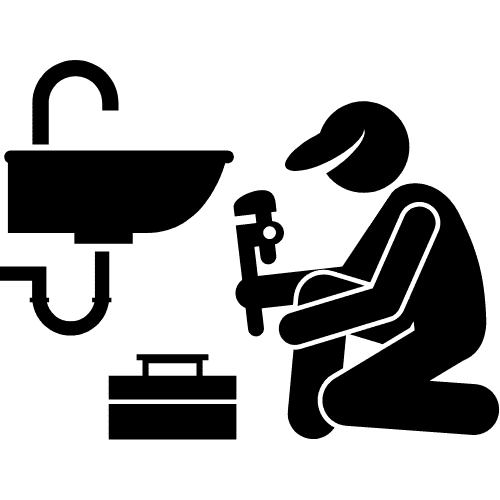



Here I am going to share some steps to get your residential and commercial lumber cost estimate report.
You can send us your plan on info@estimatorflorida.com
Before starting your project, we send you a quote for your service. That quote will have detailed information about your project. Here you will get information about the size, difficulty, complexity and bid date when determining pricing.
We do residential and commercial lumber cost estimating and prepare a detailed report for your project. At last, you finalize the report and finish the project.

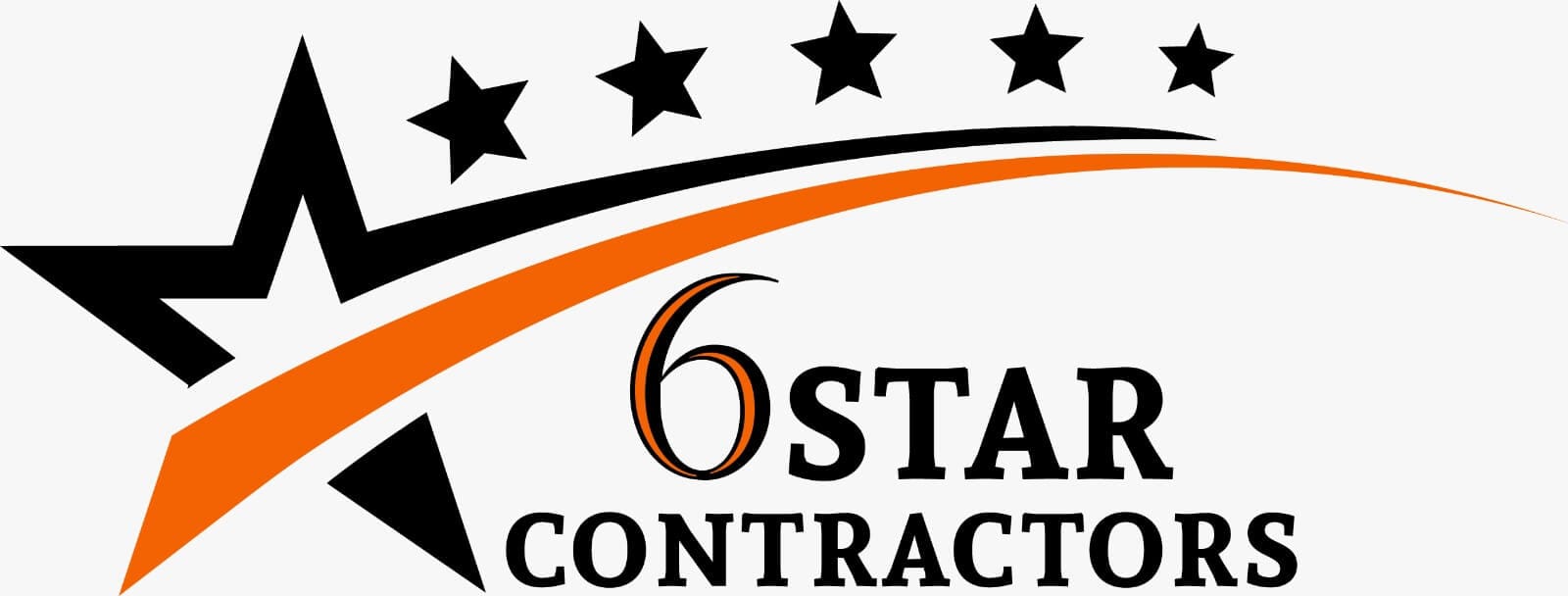

Daytona International Speedway
Known as the “World Center of Racing,” this iconic racetrack hosts various motorsports events, including the famous Daytona 500. Visitors can take guided tours of the track and explore the Motorsports Hall of Fame of America to learn about legendary drivers and vehicles.
A historic baseball stadium, it’s the home of the Daytona Tortugas, a minor league baseball team. Baseball enthusiasts can enjoy games in a classic ballpark setting while learning about Jackie Robinson’s legacy and breaking the color barrier in Major League Baseball.
Daytona Beach Boardwalk and Pier
The boardwalk stretches along the beach and offers a nostalgic coastal experience. You’ll find amusement rides, arcades, souvenir shops, and a variety of eateries serving beachside treats like funnel cakes and ice cream.
This family-friendly water park and entertainment center offer a variety of water attractions, including water slides, wave pools, and a lazy river. It’s a great place to cool off and have fun on a hot day.
561-530-2845
info@estimatorflorida.com
Address
5245 Wiles Rd Apt 3-102 Coconut Creek, FL 33073 United States
561-530-2845
info@estimatorflorida.com
Address
5245 Wiles Rd Apt 3-102 Coconut Creek, FL 33073 United States
All copyright © Reserved | Designed By V Marketing Media | Disclaimer
IMPORTANT: Make sure the email and cell phone number you enter are correct. We will email and text you a link to get started.
By clicking “I Agree” above you give Estimate Florida Consultin express written consent to deliver or cause to be delivered calls and messages to you by email, telephone, pre-recorded message, autodialer, and text. Message and data rates may apply. You are able to opt-out at any time. You can text STOP to cancel future text messages.
